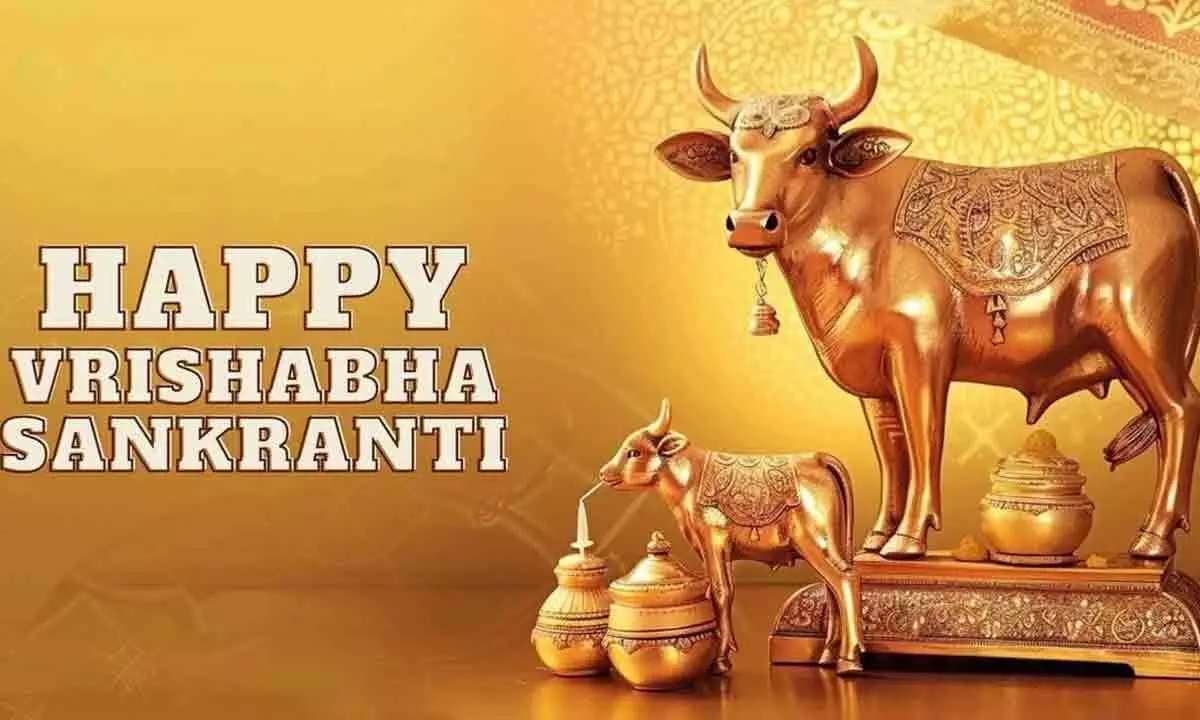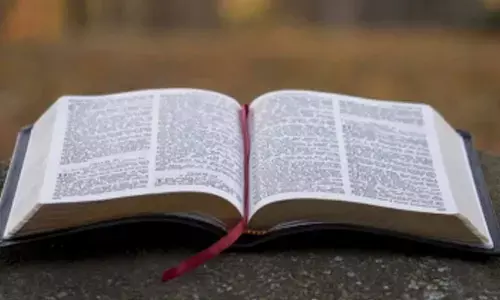Vrishabha Sankranti 2024: Date, rituals, and significance

Vrishabha Sankranti marks the auspicious occasion when the Sun transits into the zodiac sign of Taurus, symbolizing renewal and new beginnings.
Vrishabha Sankranti marks the auspicious occasion when the Sun transits into the zodiac sign of Taurus, symbolizing renewal and new beginnings. Devotees observe this day with reverence and dedication, seeking blessings from the Sun Lord for prosperity and well-being.
Date and Auspicious Timing:
According to the Drik Panchang, Vrishabha Sankranti falls on May 14th this year. The Punya Kala, auspicious time for rituals, begins at 10:50 AM and concludes at 6:04 PM. The Maha Punya Kala, the most auspicious time, commences at 3:49 PM and ends at 6:04 PM.
Rituals to Follow:
On Vrishabha Sankranti, devotees start their day with an early bath, symbolizing purification. Following this, they prepare a copper pot filled with water, red sandalwood, and red flowers to offer Arghya to the Sun God. Chanting the Surya Mantra during this ritual holds significance. Devotees also recite the Surya Chalisa and Aditya Hridaya Stotra. Later, they perform the Aarti for the Sun God using ghee lamp and camphor. This act is believed to dispel negativity and usher in prosperity.
Significance of Vrishabha Sankranti:
Vrishabha Sankranti is one of the twelve Sankrantis occurring annually, each marking the Sun's entry into a new zodiac sign. It signifies the onset of the solar month of Vrishabha (Taurus), symbolizing fertility and abundance. The day holds significance for acts of charity, particularly donating to the poor and performing godan, the act of gifting cows, which are considered auspicious deeds on this day.
By observing these rituals and understanding the significance of Vrishabha Sankranti, devotees seek spiritual upliftment and invite positive energies into their lives.













